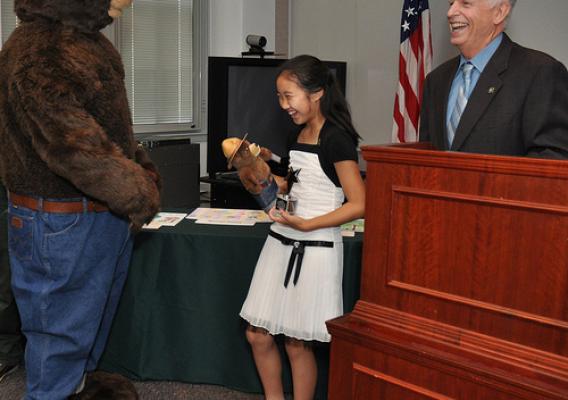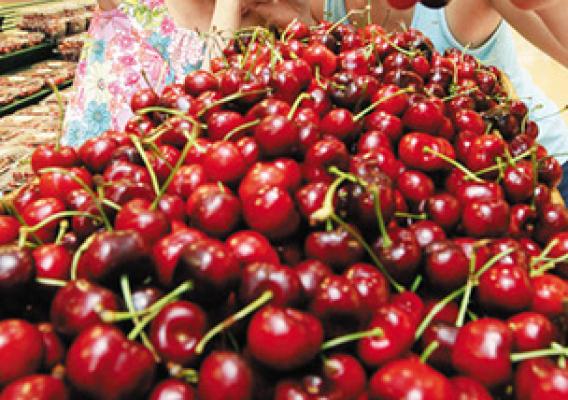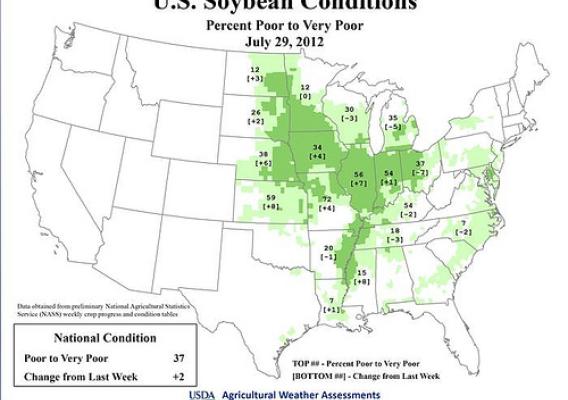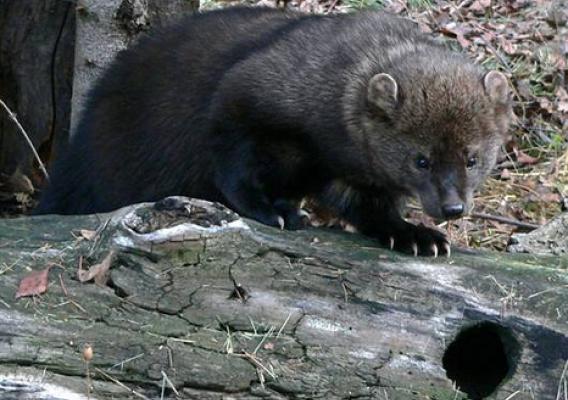This post is part of the Science Tuesday feature series on the USDA blog. Check back each week as we showcase stories and news from the USDA's rich science and research portfolio.
The world is not merely facing a challenge of sustainably producing enough food to feed a world whose population will exceed 9 billion by 2050, but also confronting the continuous challenge of ensuring that nutritious and safe food reaches needy families, so that every child can have a safe and healthy childhood. Combating this urgent crisis requires a global collaborative effort. According to experts, by 2050 agricultural production will need to increase by 70% to meet increased demand for food, diet changes and additional demand for industrial uses for plants. To help meet this goal, USDA has developed a Global Food Security strategy, focused on research, development, education and extension. As part of USDA’s Office of the Chief Scientist series of white papers on USDA’s research portfolio, this plan aligns USDA’s food security research with the goals of President Obama’s Global Food Security Initiative, Feed the Future.









